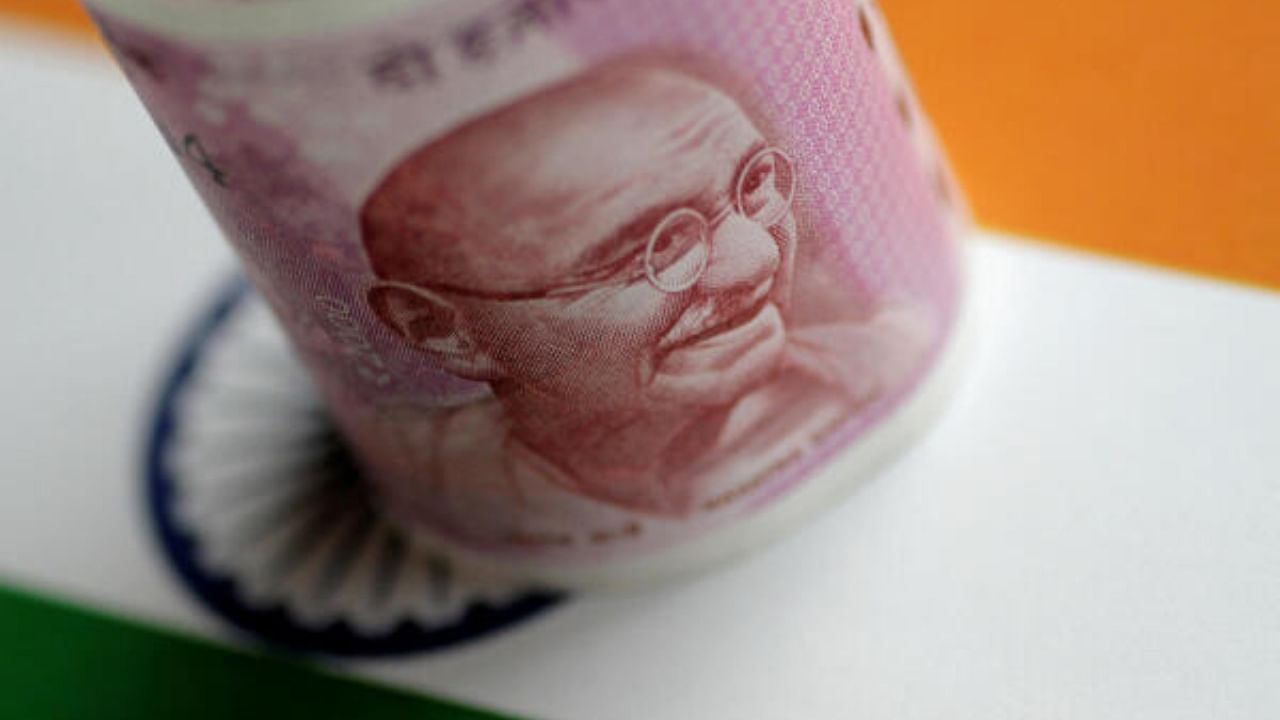
The withdrawal of Rs 2,000 notes by the Reserve Bank of India could indirectly lead to a boost in bank deposits, loan repayments, consumption and even India’s gross domestic product, State Bank of India’s Chief Economic Advisor Soumya Kanti Ghosh said on Monday.
“The ‘precision strike’ by RBI hits the right notes on multiple counts, taking pressure off substantially from a near war-like quest for deposits from the banking system while also smoothening the bias for higher interest rates going forward,” said Ghosh in a research report.
“Additionally, the move effectively anchors the surge in incremental credit-deposit ratio, nearing pre-pandemic levels, by filling the coffers and keeping banks ready to meet funding needs from diverse sectors,” he said.
Read | Affordable housing segment will make up 40% of our book in 3-5 years: PNB Housing Finance CEO
Ghosh even said that SBI now expects GDP growth for the first quarter of FY24 (April-June 2023) at around 8.1% with an upward bias due to the impact of Rs 2,000 note withdrawal event, and full year GDP growth could be higher than the 6.5% projected by the finance ministry and the RBI.
Ghosh said that short-term rates should ease due to the amount of Rs 2,000 notes being deposited, in alignment with smoothening of benchmark yields.
“With overseas markets remaining choppy Indian banks should get more elbow room to meet the demands from corporates to fund their expansion plans through a mix of credit facilities,” he said.
He also said that the RBI’s retail central bank digital currency project should be an ultimate beneficiary of this tactical move as it transitions from a beta-testing phase, to hit the streets. The absence of higher denomination note should propel faster adoption of e-RUPI for merchant transactions, concurrent with physical fiat currency, he said.
While deciding on the demonetisation exercise in 2016, the government and the RBI decided to bring in the Rs 2,000 note to remonetise the economy faster.
The decision to withdraw the note from May 19 onwards was taken since the Rs 2,000 denomination note had served its purpose. Post 2017-18, the printing of new Rs 2,000 notes had not been carried out. The lifespan of a large denomination note is 4-5 years, and RBI did a survey in 2021 which showed that the note is not popular in usage. Hence the decision was taken to withdraw it.
In value term, the share of 2,000 denomination notes (Rs 3.62 lakh crore) was at 10.8% as on March 2023. As per the latest statement by Reserve Bank of India Governor Shaktikanta Das earlier this month, around 1.8 lakh crore of Rs 2,000-rupee notes have come back to the system. Of this, around 85% have come as deposits and the rest are exchanged for other smaller denominations, Ghosh clarified.